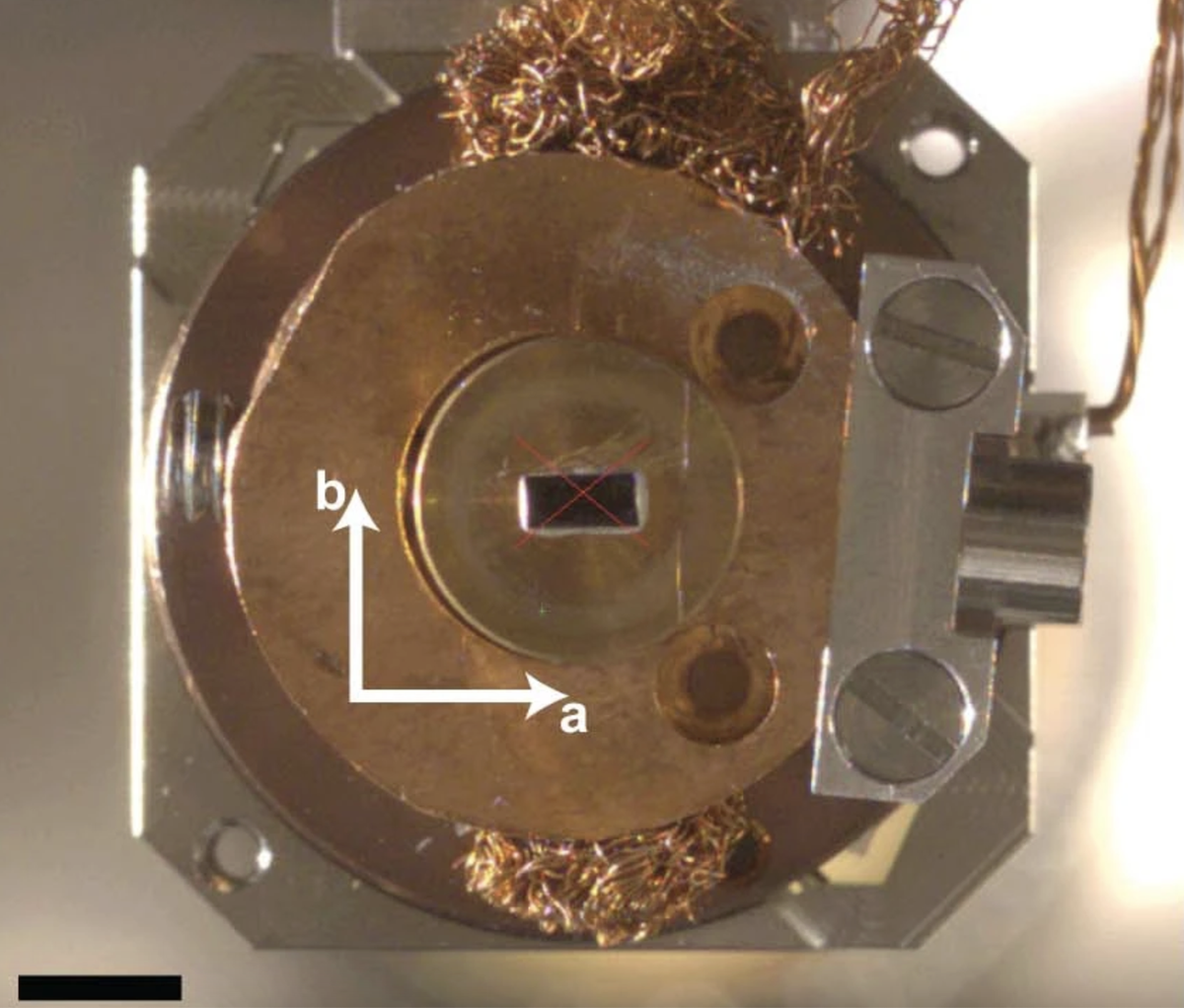While transmission of Ebola virus through contact with bodily fluids from an infected person is well known, more recent Ebola outbreaks have demonstrated that the infectious virus is also found on the skin’s surface of those who have succumbed to infection or at late times during infection. Although evidence suggests that Ebola virus can be passed on from skin contact with a person in the later stages of the disease, very little is known about how the virus makes its way out of the body and onto the skin’s surface.
In a new study, researchers in the U.S. have traced a cellular route the virus uses to traverse the inner and outer layers of skin and emerge onto the skin’s surface. The study identifies new cell types within the skin that are targeted by the virus during infection and shows that human skin specimens actively support virus infection. The results published in Science Advances suggest that the skin’s surface may be one route of person-to-person transmission.
The researchers developed a new approach to examine which cells within the skin are infected by Ebola virus. They created a human skin explant system using full-thickness skin biopsies from healthy individuals, which contained both deeper (dermal), and surface (epidermal) layers of skin.
Previous clinical and animal studies had reported that cells within the skin become infected with the virus, but the specific cells targeted by the virus had not been identified. In the new study, the team showed that the virus infected several different cell types in the skin explant, including macrophages, endothelial cells, fibroblasts, and keratinocytes. While some of these cell types are also found to be infected by the virus in other organs, keratinocytes, which are unique to the skin, had not been previously appreciated to support Ebola virus infection.
Interestingly, virus replication was more robust in the epidermal layer than the dermal layers on a per gram basis. Additionally, the infectious virus was detected on the epidermal surface within three days, indicating that the virus rapidly spreads and moves through the explants to the skin’s surface.
Published – January 04, 2025 10:00 pm IST










